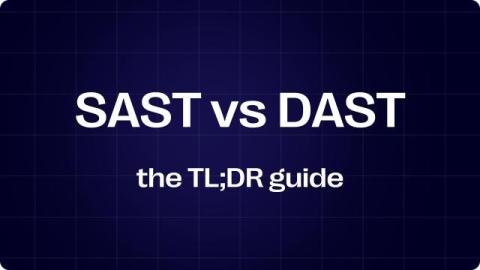It's time for software security that sets you free
Black Duck is the market leader in application security testing (AST). With the most comprehensive, powerful, and trusted portfolio of application security solutions in the industry, we help organizations worldwide build trust in their software.












